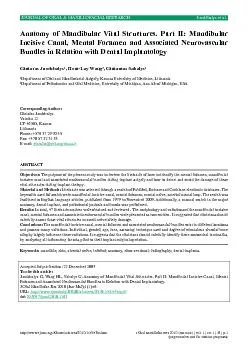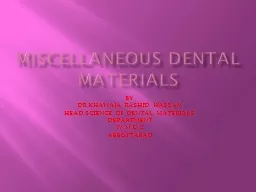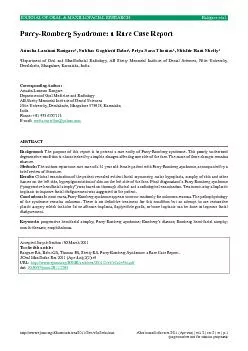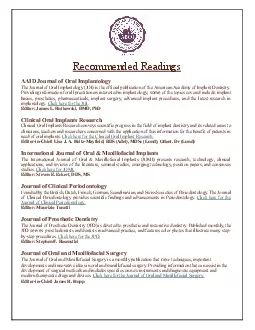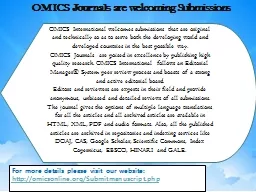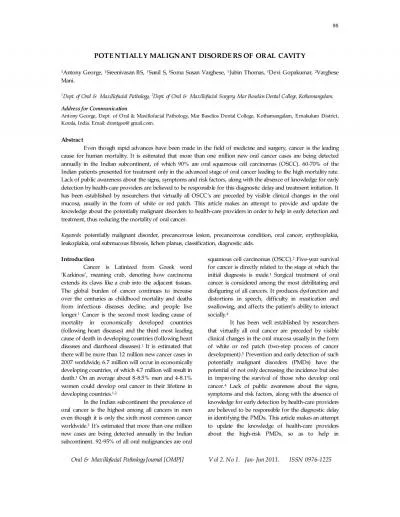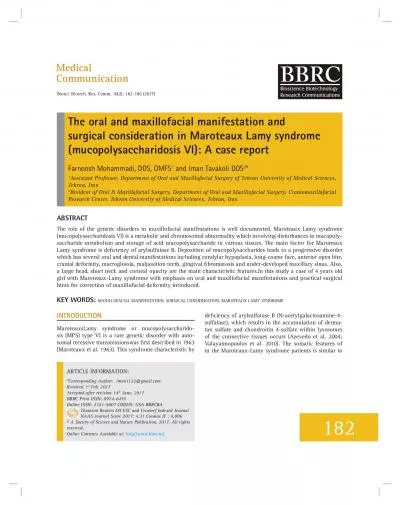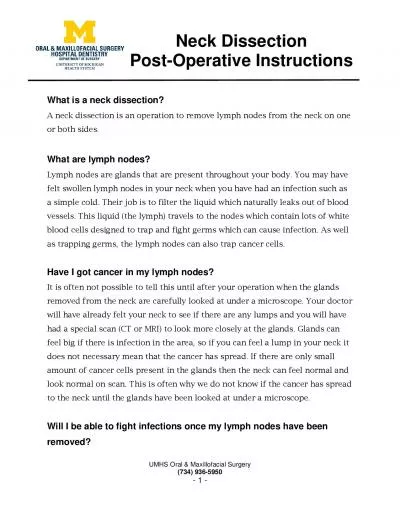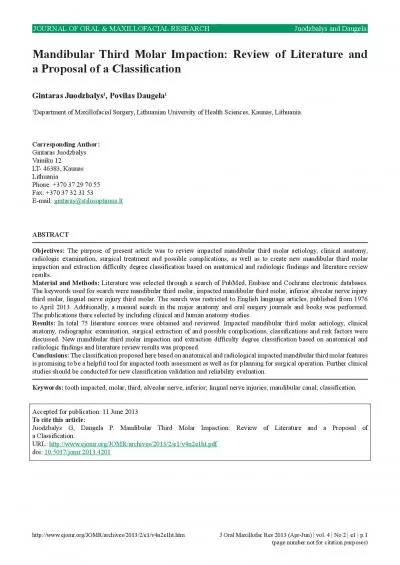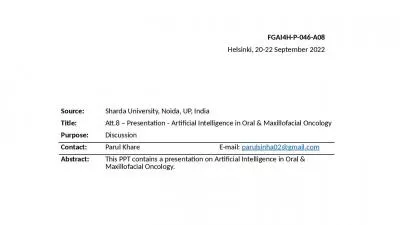PDF-JOURNAL OF ORAL & MAXILLOFACIAL RESEARCH
Author : tawny-fly | Published Date : 2015-08-13
Anatomy of Mandibular Vital Structures Part II Mandibular Incisive Canal Mental Foramen and Associated Neurovascular Bundles in Relation with Dental Implantology Gintaras
Presentation Embed Code
Download Presentation
Download Presentation The PPT/PDF document "JOURNAL OF ORAL & MAXILLOFACIAL RESEARCH" is the property of its rightful owner. Permission is granted to download and print the materials on this website for personal, non-commercial use only, and to display it on your personal computer provided you do not modify the materials and that you retain all copyright notices contained in the materials. By downloading content from our website, you accept the terms of this agreement.
JOURNAL OF ORAL & MAXILLOFACIAL RESEARCH: Transcript
Download Rules Of Document
"JOURNAL OF ORAL & MAXILLOFACIAL RESEARCH"The content belongs to its owner. You may download and print it for personal use, without modification, and keep all copyright notices. By downloading, you agree to these terms.
Related Documents

